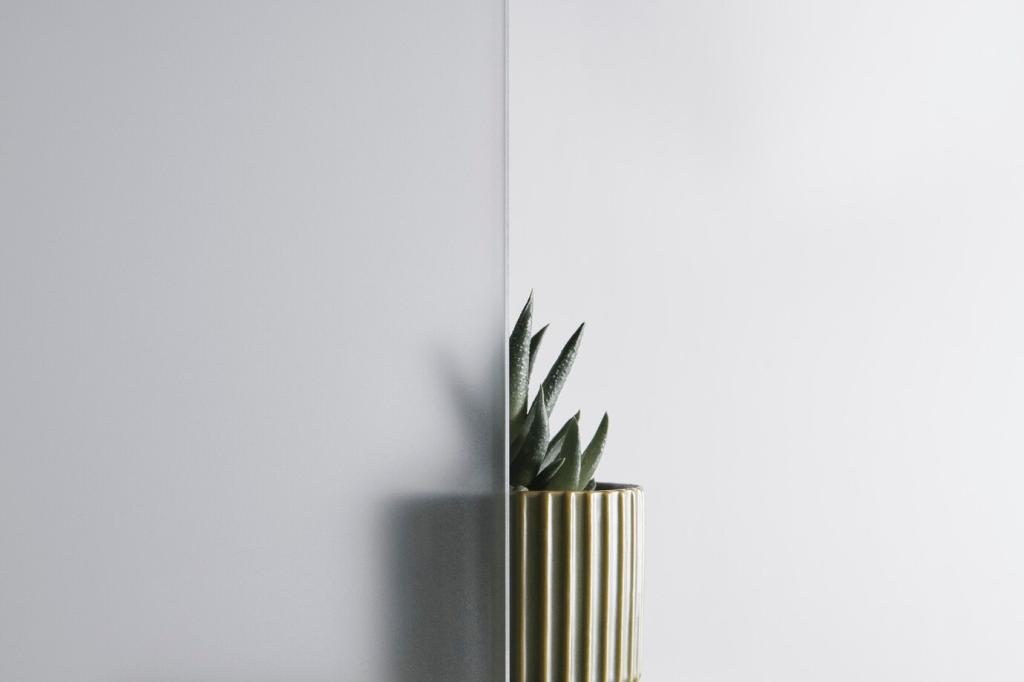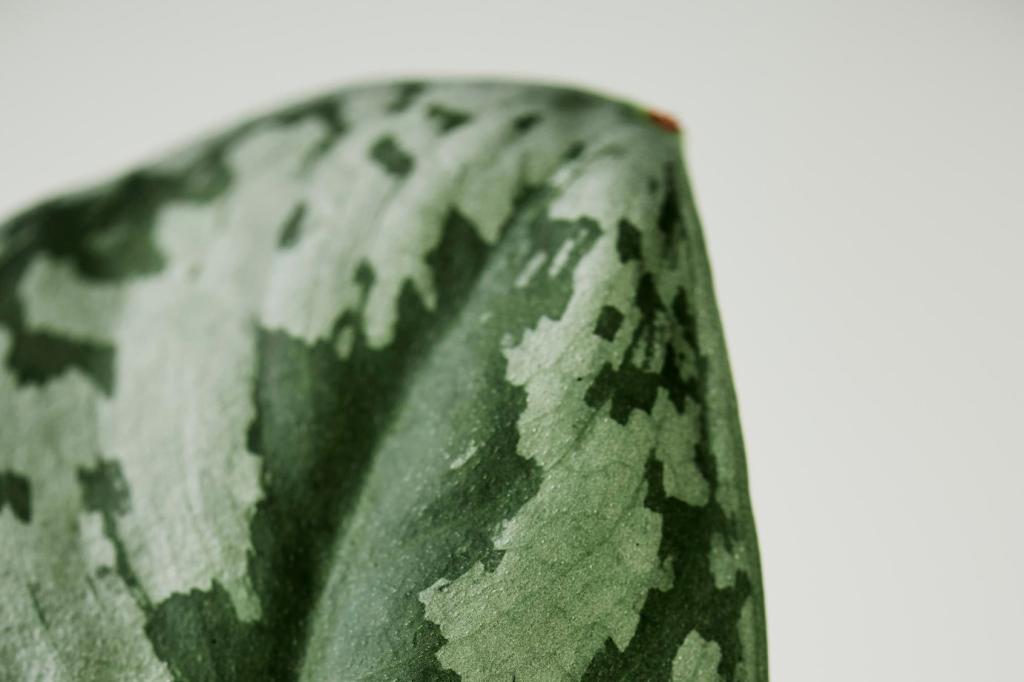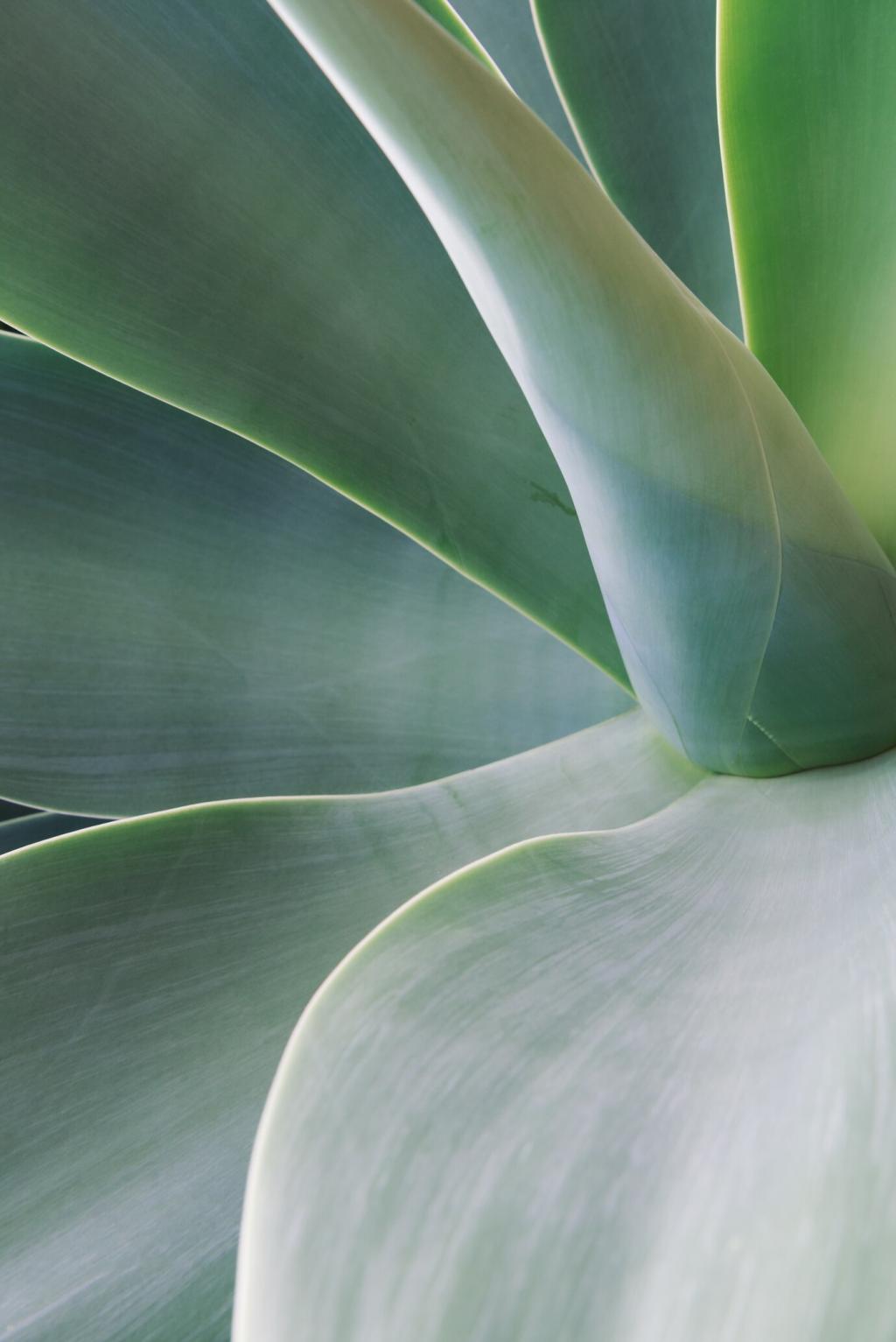Today’s chosen theme is Simple Greenery for Minimalist Interior Aesthetics—an invitation to let a few thoughtful plants soften clean lines, quiet visual noise, and make space feel more intentional. Explore ideas, try one, and tell us what you create.
Minimalism, Made Lively: Why Greenery Belongs
Minimalist rooms rely on proportion, light, and negative space. A single plant with clean geometry—an upright snake plant or a neatly pruned rubber tree—creates a focal point that breathes, drawing the eye without demanding attention or visual complication.


Minimalism, Made Lively: Why Greenery Belongs
While lab tests suggest plants can filter certain compounds in controlled settings, the bigger benefit at home is emotional: softer edges, a sense of care, and a grounded mood. Notice your shoulders drop? Share your experience and subscribe for more mindful tips.
Choosing Simple, Sculptural Greenery
Sculptural, Not Showy
Consider snake plant (Sansevieria), rubber plant (Ficus elastica), ZZ plant (Zamioculcas), or bird of paradise for bold, minimal profiles. Each offers strong lines, clear silhouettes, and a statement presence that aligns with minimalist interior aesthetics without resorting to visual fuss.
Low-Maintenance Minimalism
Choose greenery that tolerates infrequent watering and varied light, reducing routine and visual clutter. ZZ plants handle low light; snake plants forgive missed waterings. Keep it simple: one plant per zone, cared for consistently, with fewer objects and fewer decisions.
Pets, Sensitivities, and Intent
If you live with pets, research toxicity before buying; for example, calatheas and pilea are generally considered non-toxic. Choose intentionally, and comment with your safe favorites so others can learn. We’ll feature community picks in a future minimalist round-up.

One Statement per Sightline
Stand in your main doorway and identify the first clean view. Place one plant where the eye naturally rests, and let walls and floor remain quiet. Resist pairing with extra decor; the empty air is part of the composition.

Thirds, Not Clusters
Use the rule of thirds: position the plant a third from a corner or from a window edge to balance mass and light. This small shift often makes the room feel designed, not decorated, with no added objects required.

Height, Void, Repeat
Create rhythm by alternating tall plant, open space, low furniture. The contrast builds calm movement. Share a photo of your favorite arrangement and tell us where the voids are—your insight can guide another minimalist’s next edit.
Matte whites, warm taupes, pale greys, and unglazed terracotta harmonize with minimalist interiors while adding subtle depth. A single, well-proportioned pot elevates the plant’s form and keeps attention on line, light, and shadow rather than ornate surface patterns.
Planters, Materials, and Palette
Choose pots with hidden saucers or slim trays, and match finishes to surrounding surfaces. Concealed plastic nursery pots inside display planters simplify watering. Minimalism thrives when practical details recede, leaving only intentional form and a gentle, living silhouette.
Planters, Materials, and Palette
Map the Light
Observe sun paths for a week. Use the hand-shadow test: crisp shadows mean strong light; soft shadows mean medium; barely there equals low. Place plants accordingly, and let your arrangement settle rather than moving pieces constantly.
Water with Restraint
Check soil two knuckles deep before watering, and consider bottom-watering to prevent over-saturation. Empty saucers after ten minutes. Underwatering is often easier to correct than overwatering—minimalism values patience, and so do roots beneath the surface.
Prune, Dust, Breathe
Wipe leaves with a damp cloth to clear dust and deepen the green. Trim leggy stems to maintain silhouette. Let this be a five-minute Sunday ritual—share your routine with us, and we’ll compile community-tested minimalist care habits.
Seasonal Rhythm and Mindful Swaps
Shift plants slightly closer to windows in darker months, and pull them back when summer sun intensifies. Accept slower growth as part of the design. Tell us how your layout changes with seasons—we’ll highlight thoughtful transformations from readers.
Seasonal Rhythm and Mindful Swaps
Instead of buying new pieces, rotate one plant from shelf to floor, or swap rooms for fresh perspective. Minimalism values depth over volume. Share your favorite rotation trick to inspire a clutter-free refresh in someone else’s home.
Seasonal Rhythm and Mindful Swaps
Take a cutting from pothos or rubber plant, root in water, and gift the new start. Growth becomes community, not clutter. Post your propagation success and subscribe for upcoming step-by-step guides to minimalist, meaningful plant gifting.
